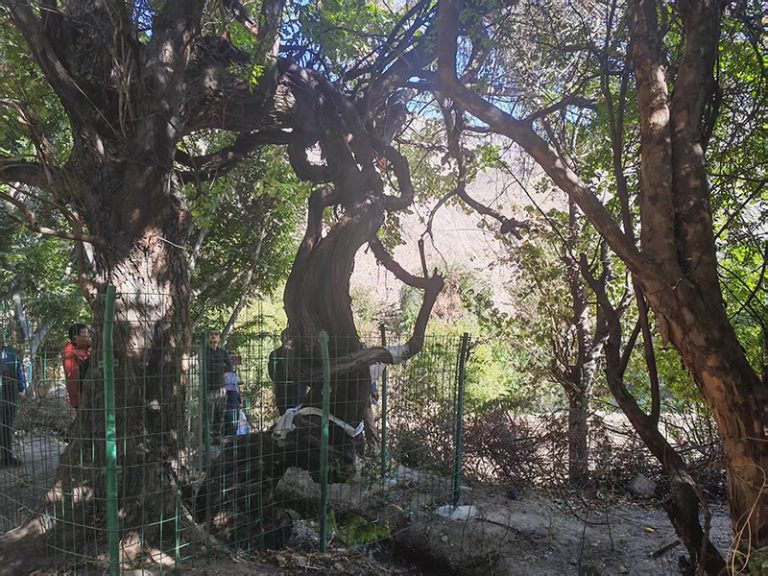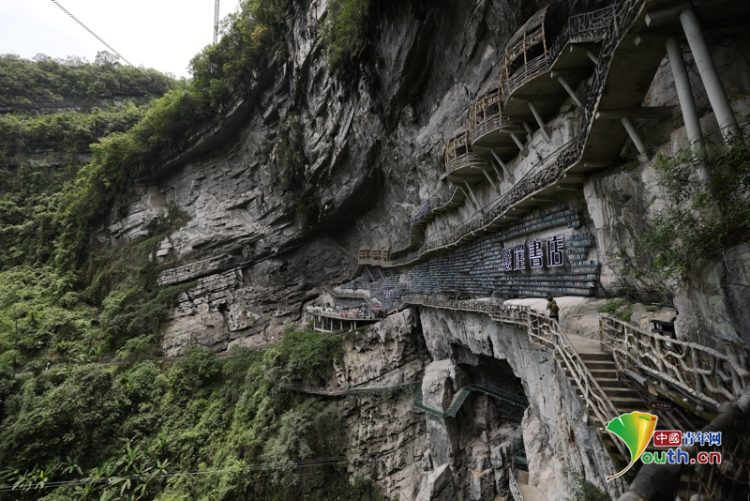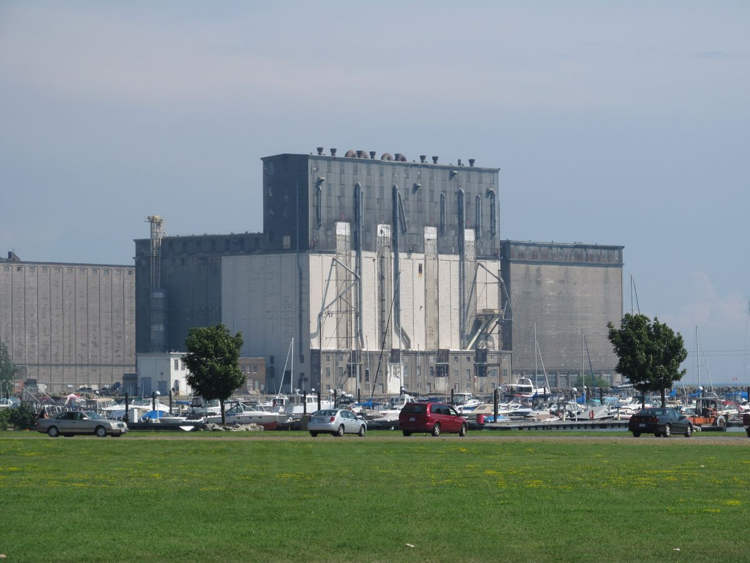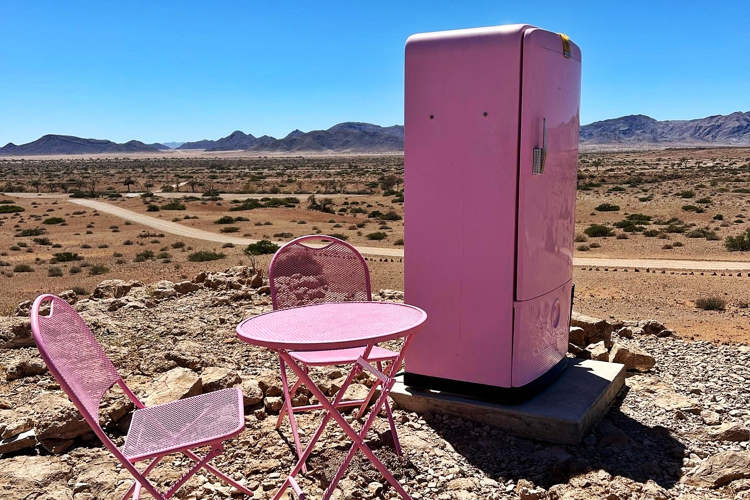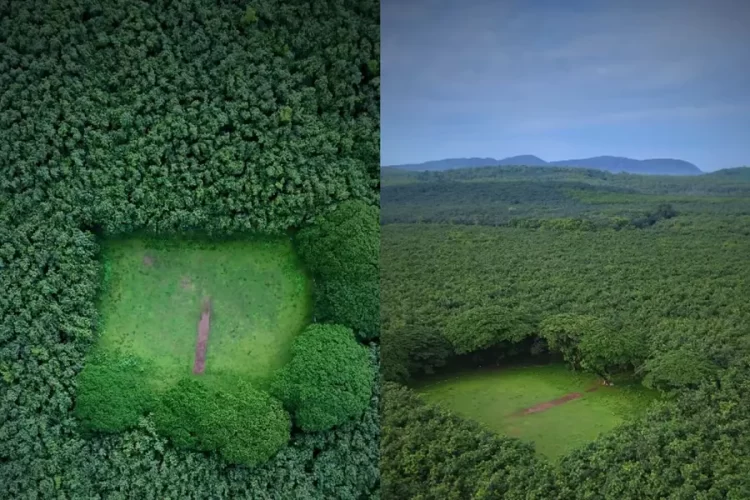Just east of Afton town, at the foot of a rocky mountain in Wyoming, lies one of the world’s most mysterious natural wonders – a rhythmic spring that intermittently stops and starts flowing around every 15 minutes.
Only a few rhythmic springs exist in the world, and Intermittent Spring in Wyoming’s Swift Creek canyon is the largest of them all. As its name suggests, this peculiar spring flows intermittently. You will see a large quantity of water using out of a hole in the mountain and then flowing down forming a large creek for about 15 minutes, and then dry up for another 15 before the cycle starts all over again. The reasons for this intermittent flow are not entirely understood, but scientists have a pretty sound theory.
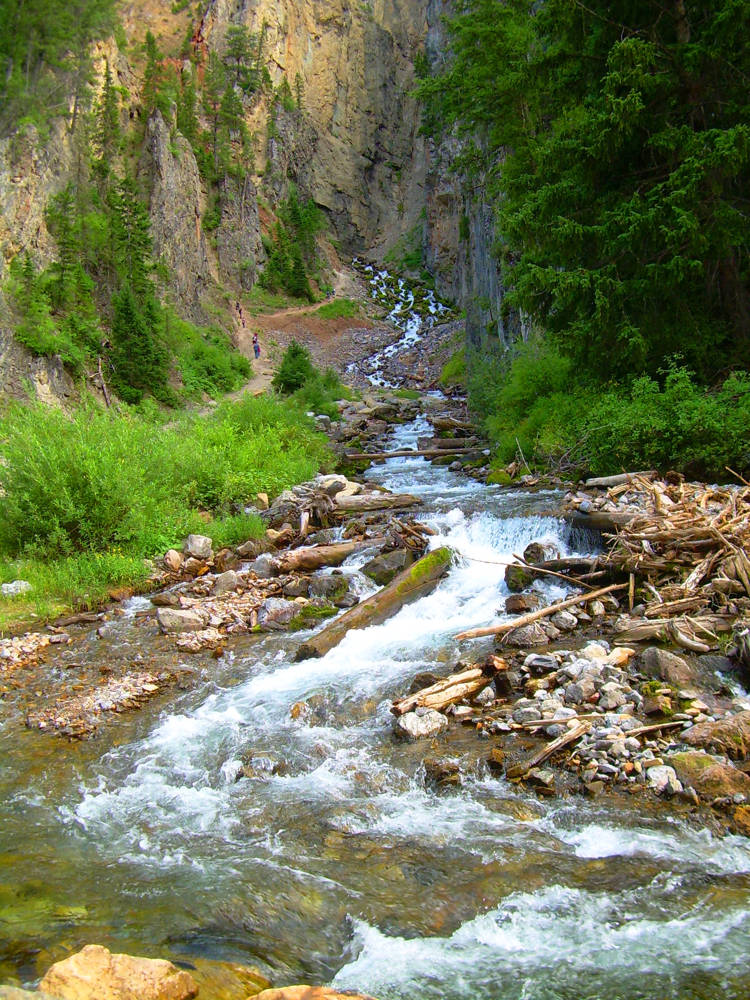
Photo: Ninjatacoshell/Wikimedia Commons
It is believed that rhythmic springs depend on the siphon effect to flow and stop at certain time intervals. Basically, water runs continuously into an underground cavern but must pass through a narrow tube with a high point located above the spring’s surface exit. When the water level reaches that high point, it creates a siphon effect, sucking water out of the cavern and allowing the spring to flow. However, the water level eventually drops to the point where air rushes into the exit tube, cutting off the flow until the water level rises in the cavern again.
“We can’t think of another explanation at the moment,” Professor Kip Solomon, a hydrologist at the University of Utah, said. “The spring water’s gas content has now been tested at the University of Utah. The data strongly suggests the water was exposed to air underground; strong support for the siphon theory.”
The Afton spring was reportedly discovered randomly by a logger who happened upon the strange body of water while working in the area. He went to get some fresh water and noticed that the relatively large creek suddenly stopped flowing only to start up again a few minutes later.
Wyoming’s rhythmic spring only runs in this intermittent fashion from late summer to fall, when groundwater levels are lower, so keep that in mind if you plan on putting it on your list of must-see natural wonders.



